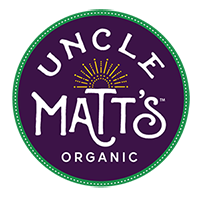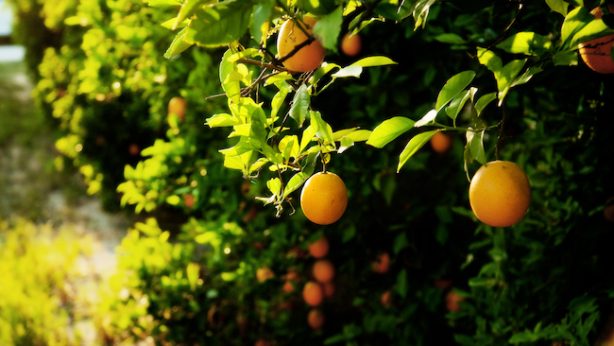All Things Orange Varietals

Did you know there are over 600 types of oranges grown around the world? We love this fun fact that leaves us in citrus bliss! While you won’t find all 600 varietals in your local retailer or natural grocer, most supermarkets have several delicious types to choose from at any given time. We’re not going to even begin to try and cover all of the unique varietals out there, but if you’re a citrus super fan, you’ll want to check out our list of some of the most common types of oranges. Here’s the 411 below!
- Navel Oranges: This is the most common type of orange that you’ve likely seen at the grocery store. They have a distinctive trait that comes from their name – a “belly button!” While navel oranges are extremely popular, they’re most often enjoyed fresh and in cooking, you won’t find them in juice blends due to the juice turning bitter once squeezed.
- Blood Oranges: While blood oranges might look like a typical orange on the outside, inside is a beautiful and striking crimson color. According to The Spruce Eats, this coloring comes from the development of the anthocyanin pigment during the winter months. Blood oranges are also known for being high in brix (sweetness) which is why they’re the perfect addition to citrus-inspired desserts such as our Blood Orange Caramel Upside Down Cake.
- Valencias: Peak season for most orange varieties occurs in winter, but according to All Recipes, valencias are in season from April to June. Valencias are also one of the most common varieties for the breakfast staple you know and love: OJ! Uncle Matt’s squeezes sun-kissed valencias in our own OJ recipe. Another fun fact, valencia when referring to citrus is pronounced like “va-len-cha.”
- Sugar Belles: Sugar Belle oranges are named for their defined bell-like shape. They’re a sweet cross between a traditional juicy orange and a mandarin. They’re a relatively new variety which means they don’t have a lot of widespread availability in grocery stores, but when they are available, they’ll be found in November and December.
- Clementines: If you’ve ever bought a bag of the small, easy to peel Halos or Cuties, then you’re familiar with clementines! These little guys aren’t typically used to make orange juice but are a convenient, seedless on-the-go snack for adults and kids alike. Clementines are a member of the mandarin orange family.
- Tangerines: Native to Southeast Asia and similar to clementines, tangerines are also small, snack-sized and closely related to the mandarin. Tangerines are a specific type of mandarin orange that are bright in orange color, possesses a slightly tougher skin and their flavor is more tart than the clementine.
- Satsumas: Another type of mandarin orange that’s over 700 years old! Satsumas are a light orange, sweet, juicy and seedless. They are the easiest in the mandarin family to peel. Unfortunately, these delicious beauties are harder to find in stores.
- Tangelos: Delighted Cooking explains the unique nature of tangelos! They’re a cross between a type of grapefruit and a tangerine. The result is a juicy but not overly sweet orange variety that on the outside resembles the size of a navel orange and the shape of a sugar belle.
- Kumquats: These tiny little citrus fruits are even smaller than the many types of mandarins we’ve covered. Kumquats are about the size of a large grape! Taste of Home describes the taste of kumquats as very different than the sweet citrus flavor you’re familiar with. You can eat the entire fruit, the peel included. The skin has a sweet flavor that contrasts nicely with the sour of the inside of the fruit.
- Hamlins: These are McLean family favorites! Hamlins are one of several different orange varieties grown in our personal groves. They’re similar in size to navel oranges, and their sweetness and juiciness makes them the perfect addition to our secret family recipe for the orange juice blend you know and love!


